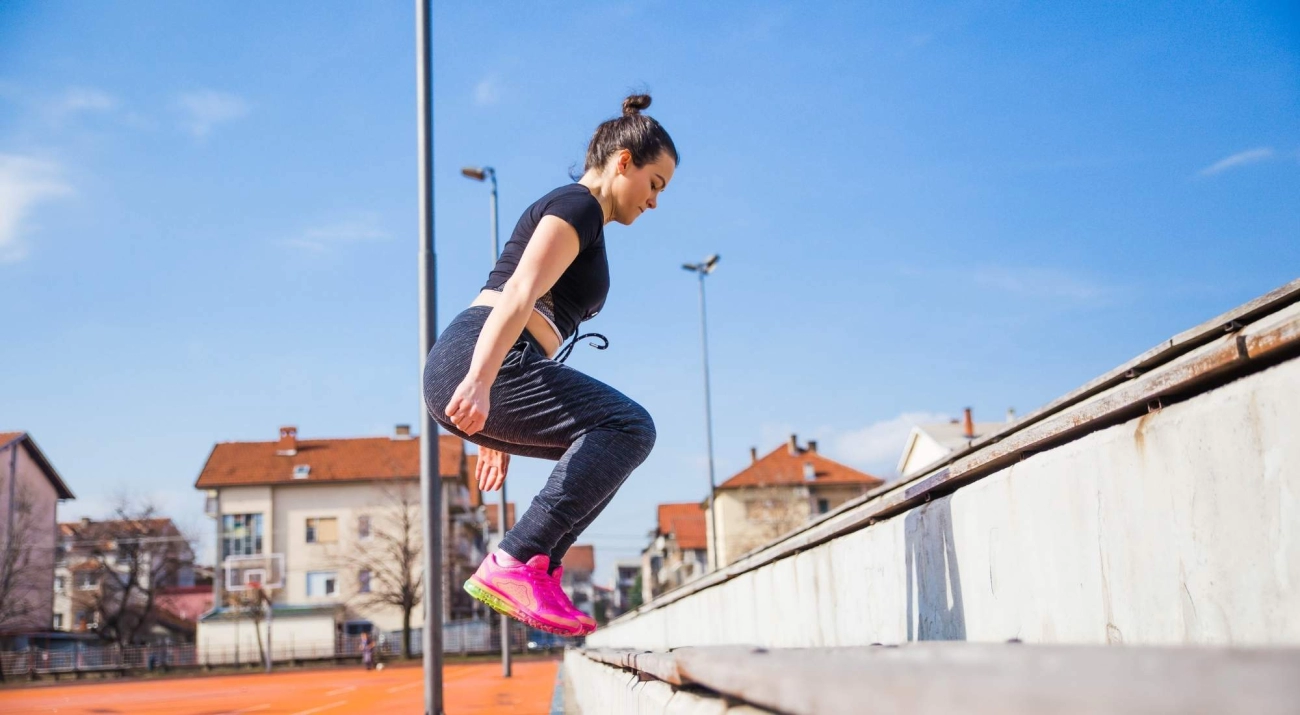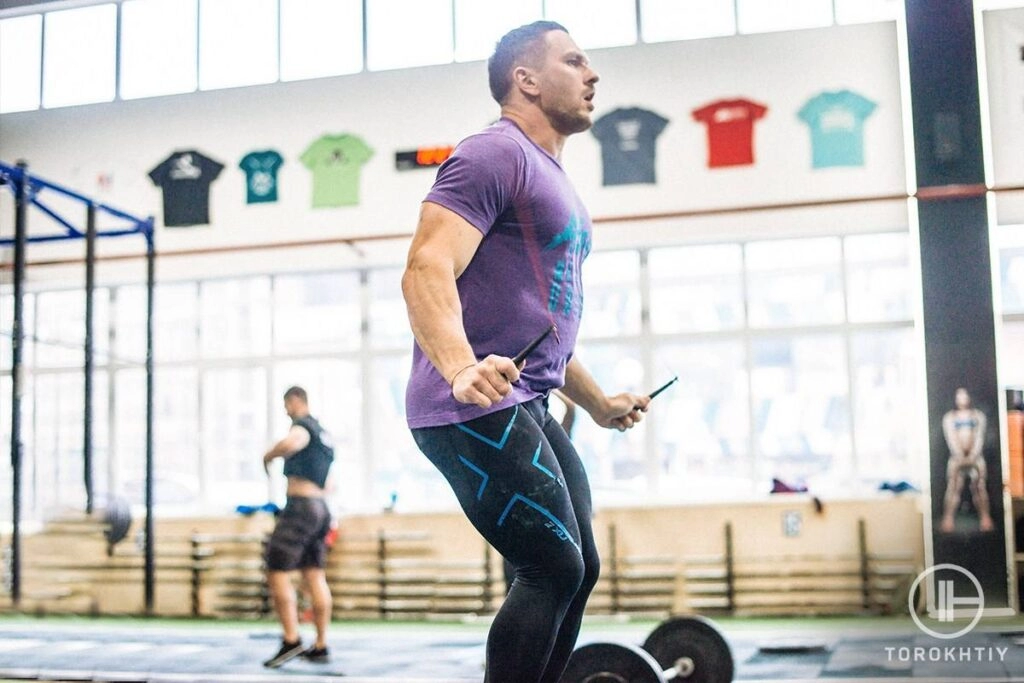What Causes Urinary Leakage During Jump Rope
Experiencing urine leakage while jumping rope is a common issue known as stress urinary incontinence (SUI). This type of incontinence happens when physical activities like jumping, coughing, or running put pressure on your bladder. The pressure causes a sudden release of urine because the muscles that usually keep your bladder closed aren’t strong enough to hold it in.
Stress Urinary Incontinence and Its Triggers
Stress urinary incontinence is triggered by high-impact activities that increase pressure within the abdomen and bladder. Jumping rope is a prime example because repetitive bouncing can push down on the bladder, causing leakage if your body can’t keep it contained. It’s not about having a full bladder in these cases—it’s about whether your pelvic floor muscles and bladder control are up to the task.
Pelvic Floor Muscles and Impact of High-Impact Activities
Your pelvic floor muscles act like a natural hammock supporting your bladder, uterus (for women), and bowel. When you jump rope, these muscles must contract to prevent leakage. If these muscles are weak or damaged, they can’t withstand the repeated jolts of jumping. Over time, this weakens bladder control and increases the chance of leaking urine during exercise.
Other Factors That Contribute to Urinary Leakage
Beyond the impact of jumping, several other factors can worsen or trigger urinary leakage, including:
- Age: Natural muscle tone declines over time, making leakage more common.
- Childbirth: Vaginal delivery can stretch or injure pelvic muscles and nerves.
- Obesity: Extra body weight adds stress on your pelvic floor.
- Urinary Tract Infections (UTIs): Infections irritate the bladder and increase urgency and leakage.
These factors don’t cause incontinence on their own but make managing it harder when combined with activities such as jump rope.
Differences Between Men and Women
While stress urinary incontinence mainly affects women—especially after childbirth—men can also experience urine leakage during high-impact exercise due to prostate issues or pelvic muscle weakness. However, the mechanisms differ because women’s pelvic floor anatomy is more exposed to childbirth-related trauma. Recognizing these differences helps in tailoring effective treatments and strategies.
urinary leakage during jump rope is mostly caused by stress urinary incontinence, driven by weakened pelvic floor muscles struggling to handle the impact. Age, childbirth, obesity, and infections add to the risk, with women being more commonly affected. Understanding these causes is the first step toward managing and preventing leakage while jumping rope or doing other high-impact workouts.
How Jump Rope Specifically Impacts Urinary Health
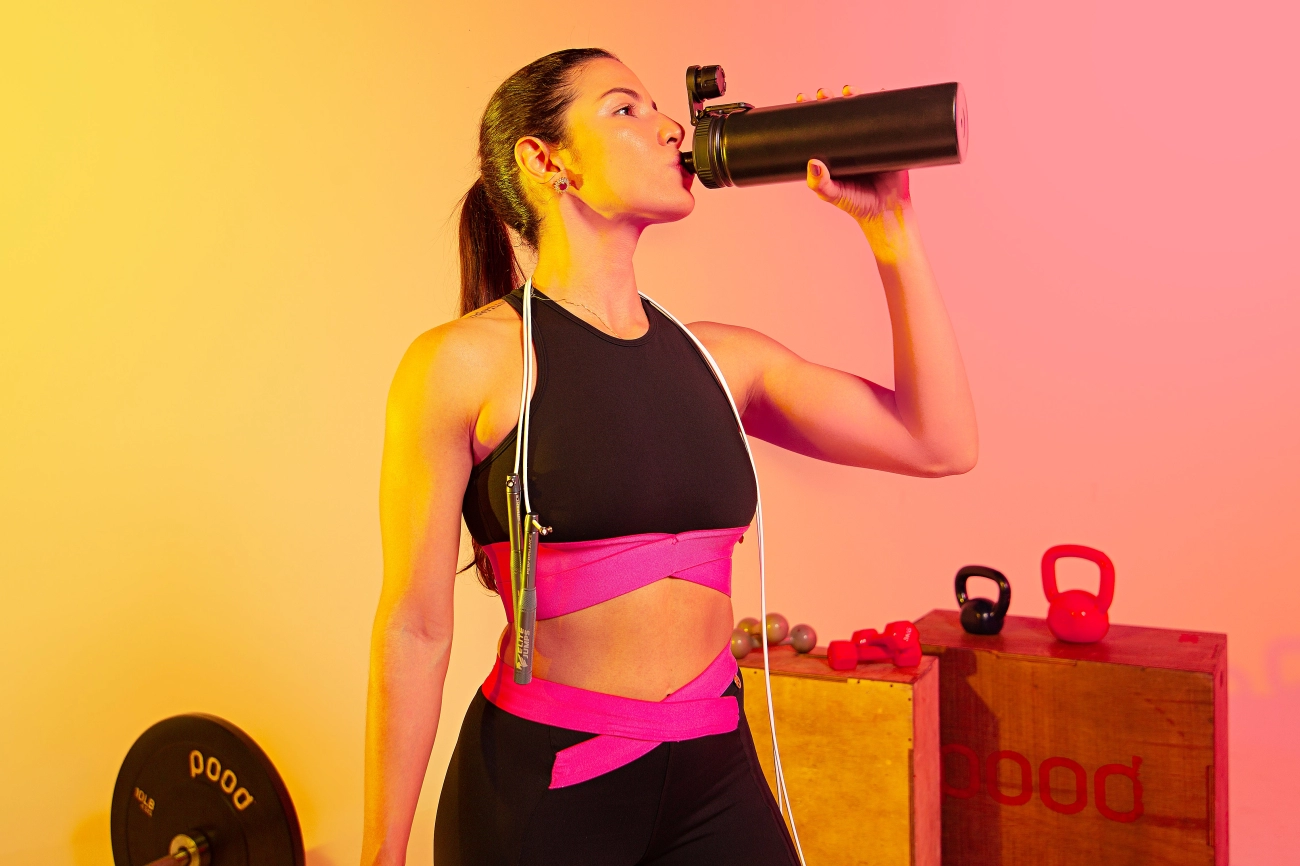
Jump rope is a high-impact exercise that puts repeated pressure on your bladder and pelvic floor muscles. Unlike lower-impact activities, jumping up and down causes sudden increases in intra-abdominal pressure—the force inside your abdomen that presses down on your bladder. This pressure can overwhelm weak pelvic muscles, leading to urinary leakage more often than in exercises like walking or cycling.
Why Jumping Causes More Leakage
- Repetitive Impact: Each jump sends a shock through your pelvic region, which can stretch or strain the muscles that support your bladder.
- Sudden Movements: The quick up-and-down motion causes rapid spikes in pressure inside your abdomen and onto your bladder.
- Jumping Intensity: Higher jump rates and harder landings increase the demand on your pelvic floor, making it harder to control bladder function during exercise.
Effect on Bladder Control
Jump rope challenges your bladder control because you’re constantly forcing your pelvic floor to contract against those pressure changes. If your pelvic muscles are weak, this pressure can overpower them, causing stress urinary incontinence during exercise.
Jump Rope Intensity and Pelvic Pressure
- The faster and more intense your jump rope workout, the more strain on your pelvic floor.
- Longer jump rope sessions with continuous jumping raise intra-abdominal pressure for extended periods, increasing the chance of leakage.
- Women tend to experience this more due to pelvic anatomy and common pelvic floor issues post-childbirth, but men can experience it too.
Understanding these points helps explain why jump rope can cause more leakage compared to many other workouts—and why focusing on pelvic health is key for anyone experiencing this issue.
Identifying Exercise-Related Urinary Incontinence Symptoms and When to Seek Help
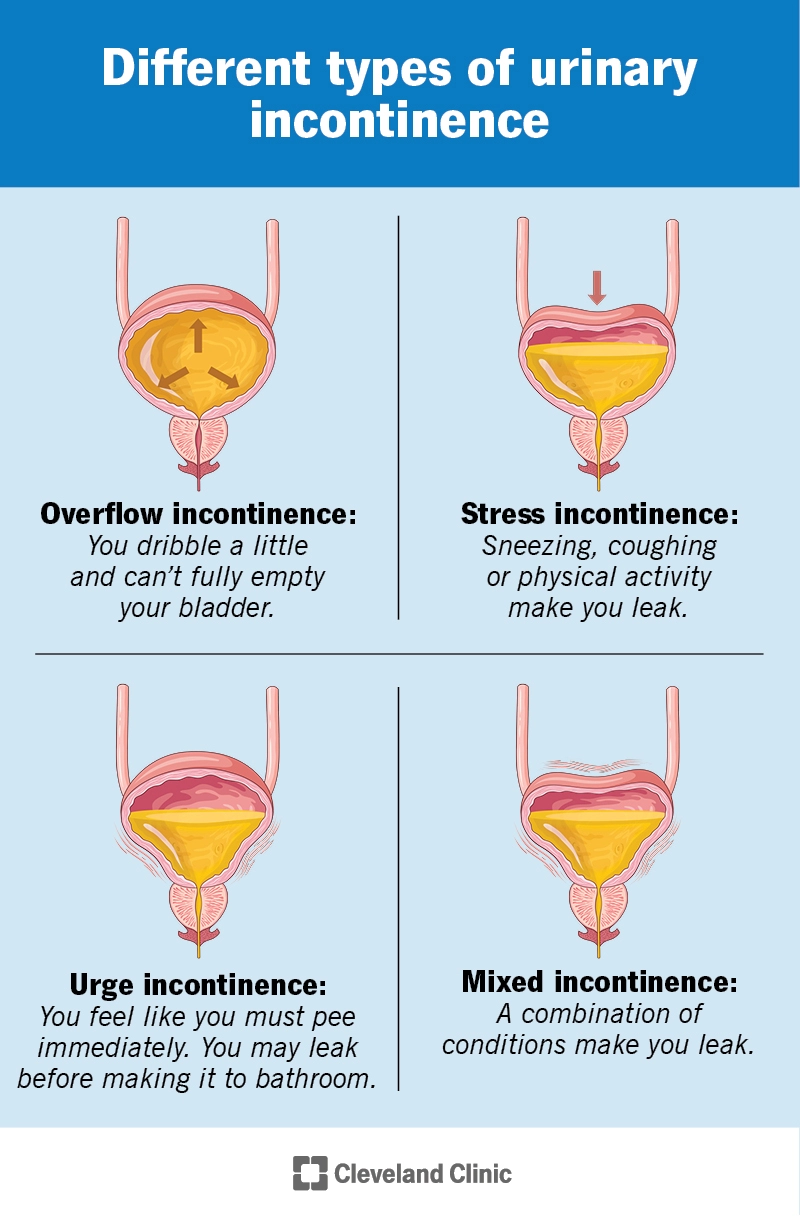
If you find yourself peeing when you jump rope or during other workouts, it could be a sign of exercise-related urinary incontinence. Recognizing the symptoms early helps you manage the issue effectively.
Symptoms to Watch For
- Urine leakage during physical activities like jumping, running, or high-impact exercises.
- A sudden, uncontrollable urge to urinate right when you jump or move.
- Small leaks when coughing, sneezing, or lifting heavy objects, which may signal stress urinary incontinence.
- Frequent need to urinate during or after exercise.
- Feeling like you can’t fully empty your bladder after activity.
When to See a Healthcare Professional
If you experience regular urine leakage during exercise or it starts affecting your daily routines and confidence, it’s a good idea to talk to a healthcare provider. Also, see a doctor if you notice:
- Leakage happens even at rest.
- Pain or burning when urinating.
- Blood in the urine.
- Urgency accompanied by fever or back pain.
A healthcare pro can help differentiate if your issue is exercise-related or if it’s due to other health concerns.
Differentiating Between Types of Urinary Incontinence
Understanding what type of urinary incontinence you have can guide treatment:
- Stress Urinary Incontinence: Leakage during physical stress like jumping rope or lifting. Common in women after childbirth but can affect men too.
- Urge Incontinence: Sudden, strong urge to urinate followed by leakage, often linked to bladder spasms.
- Mixed Incontinence: Combination of stress and urge symptoms.
- Overflow Incontinence: Bladder doesn’t empty properly, leading to frequent dribbles.
Knowing your symptoms can help your doctor suggest the right pelvic floor exercises or treatments. For more tips on managing bladder control during exercise, check out our advice on how to stop leaking urine when exercising.
If you want to continue jumping rope but worry about leakage, address symptoms early and use strategies like pelvic floor strengthening to stay confident and active.
Prevention and Management Tips for Urinary Leakage When Jumping Rope
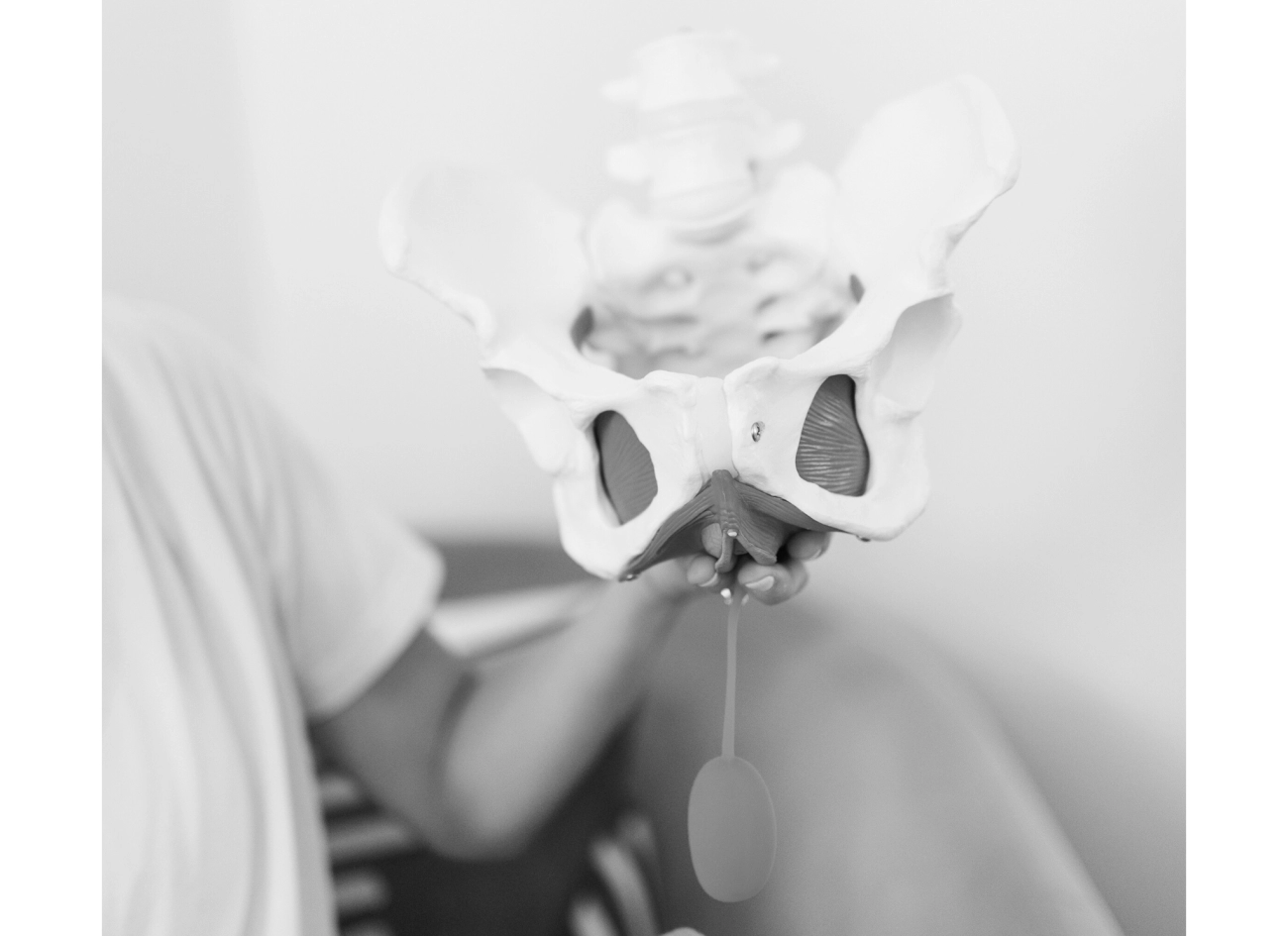
Managing urine leakage during jump rope starts with simple, effective steps. Here’s what you can do to reduce or prevent stress urinary incontinence during exercise.
Strengthen Your Pelvic Floor Muscles
Pelvic floor exercises are key to improving bladder control:
- Kegel exercises: Tighten your pelvic muscles (as if stopping urine flow), hold for 5 seconds, then relax for 5 seconds. Repeat 10-15 times, 3 times a day.
- Consistency matters: Make these exercises part of your daily routine to build long-term strength and reduce leakages during high-impact workouts.
Warm-Up Before Jumping Rope
Warming up properly gets your muscles ready and reduces sudden pressure on your bladder. A good warm-up includes:
- Light cardio like walking or marching in place for 5 minutes
- Gentle pelvic floor contractions during warm-up to activate those muscles
- Stretching your legs and hips to improve flexibility and shock absorption
Hydration and Fluid Balance
Proper hydration helps too, but balance is essential:
- Don’t overhydrate right before jumping rope to avoid a full bladder that can leak.
- Limit bladder irritants like caffeine, alcohol, and acidic drinks, especially before exercising.
Lifestyle Changes That Help Control Leakage
Certain lifestyle changes can reduce your risk of stress urinary incontinence during exercise:
- Weight management: Excess weight puts pressure on your pelvic muscles and bladder. Losing a few pounds can make a big difference.
- Avoid bladder irritants: Spicy foods, caffeine, and carbonated drinks can make your bladder more sensitive.
- Manage any urinary tract infections quickly, since infections can worsen symptoms.
Use Protective Gear During Workouts
If leakage happens despite prevention efforts, protective gear helps you stay comfortable:
- Absorbent pads or liners designed for exercise can fit discreetly and keep you dry.
- Choose breathable, moisture-wicking workout clothes to avoid skin irritation.
Choose the Right Jump Rope for Comfort and Control
Using the proper jump rope makes a difference:
- Opt for a lightweight, adjustable PVC or beaded rope for smooth movement and less impact.
- A rope with a good grip helps control your jumps, reducing unnecessary strain and pressure on your pelvic floor.
Taking the right steps can help you keep jumping rope confidently and comfortably. Focus on pelvic floor exercises, proper warm-ups, hydration, and good lifestyle habits to manage or even prevent urinary leakage during high-impact workouts like jump rope.
Can Jump Rope Be Continued Safely With Urinary Incontinence
Jump rope is a fantastic workout, and you don’t have to quit just because you experience some urinary leakage. With the right precautions, you can keep jumping rope while managing stress urinary incontinence during exercise.
Keep Jumping With Smart Precautions
- Strengthen your pelvic floor muscles regularly to improve bladder control. Consistent pelvic floor exercises are key to reducing leakage during jump rope.
- Use protective gear like absorbent pads or specialized workout underwear designed for exercise-related urinary leakage.
- Stay hydrated but avoid bladder irritants like caffeine or carbonated drinks before jumping to reduce urgency.
- Practice proper jump rope form and warm up well to lower unnecessary pressure on your bladder.
Try Alternative Low Impact Exercises
If jumping feels too intense on your bladder, consider swapping in exercises that put less stress on your pelvic muscles:
- Walking or brisk walking
- Swimming or water aerobics
- Cycling
- Low-impact aerobics or elliptical training
These options help keep you active without pushing your bladder too hard.
Consistency is Crucial for Pelvic Health
Whatever you choose, regular pelvic floor workouts are a must. The better your pelvic muscles, the less likely you’ll experience urinary leakage during high-impact activities like jump rope. Staying consistent helps build long-term control so you can enjoy jumping rope safely again.
jump rope can be continued safely with the right steps to support your bladder health and pelvic strength. Don’t give up—adjust your routine and keep working toward better bladder control.
When to Consult a Medical Professional for Exercise-Related Urinary Incontinence
If you experience urine leakage when jumping or exercising that becomes frequent, heavy, or starts affecting your daily life, it’s time to see a healthcare provider. Don’t wait if you notice any of these signs requiring a doctor visit:
- Leakage that worsens over time or occurs with little activity
- Pain or burning during urination
- Sudden urges to urinate that are hard to control
- Blood in your urine
- Frequent urinary tract infections (UTIs)
- Impact on your confidence or avoiding exercise due to leakage
Possible Treatments for Jump Rope Incontinence and Urinary Leakage During Exercise
Medical professionals offer a range of treatments tailored to your needs:
- Physical Therapy: Pelvic floor physical therapy is often the first step. A specialist can guide you through pelvic floor exercises for urinary leakage, improving bladder control and muscle strength.
- Medication: Certain medications help manage bladder overactivity or strengthen pelvic muscles.
- Surgery: In more severe cases, surgical options may be recommended to support the bladder or urethra and reduce leakage.
Role of Specialists in Managing Stress Urinary Incontinence During Exercise
Different specialists can help depending on your symptoms:
- Urologists focus on bladder and urinary tract health for both men and women, diagnosing and treating incontinence causes.
- Gynecologists often handle female pelvic floor issues and related urinary leakage, especially after childbirth or menopause.
- Pelvic Floor Physical Therapists provide specialized exercise programs, manual therapies, and biofeedback to strengthen pelvic muscles and improve bladder control.
Getting the right help can make a huge difference, letting you enjoy jump rope workouts without worry. Don’t hesitate to reach out—early intervention often means better results.

